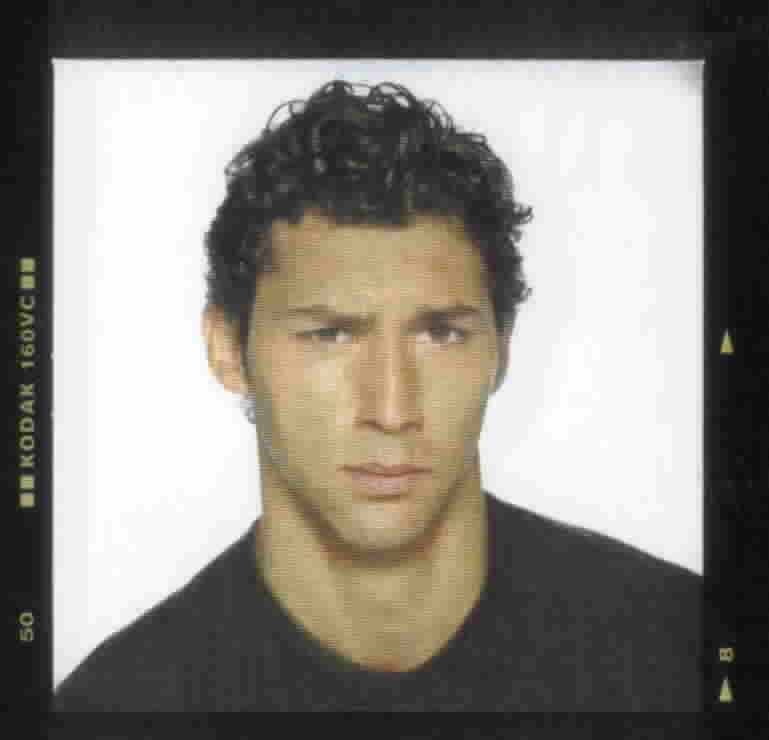EYEBROW-LOWER

Usage: Lowering the eyebrows is a sensitive indicator of disagreement, doubt, or uncertainty.
Observation. Slightly lowered eyebrows may telegraph unvoiced disagreement among colleagues, as comments are presented at a conference table.
RESEARCH REPORTS: 1. ". . .many kinds of monkeys, especially baboons, when angered or in any way excited, rapidly and incessantly move their eyebrows up and down. . ." (Darwin 1872:138). 2. In nursery school children, attacks "are often preceded and accompanied by fixating the opponent and by what looks like a frown with lowering of the eyebrows and rather little vertical furrowing of the brow ('low frown') and no conspicuous modification of the mouth expression" (Blurton Jones 1967:355). 3. Blind-and-deaf-born children frown in anger (Eibl-Eibesfeldt 1971:12). 4. Lowered brows show anger (Ekman and Friesen 1976). 5. "Puzzlement was displayed by curving the mouth downward, lowering the eyebrows and eyelids, dropping the jaw, and constricting the forehead muscles" (Burgoon et al. 1989:352). 6. "A series of recent studies finds that men and women in a group situation are more likely to respond to female leaders with scowls and frowns, while smiling and nodding at male leaders who say the same thing" [Manpower Comments, May 1990:19].
Neuro-notes I. A gestural fossil, the lowered-brows cue is innervated by special visceral nerves, originally designed for feeding. The expression is emotionally responsive today as it reflects visceral sensations (i.e., "gut feelings") aroused, e.g., by aggression or anger. In effect, we lower our eyebrows to protect our eye openings, a form of "nonverbal lock-down." Emotional stimuli pass from higher brain centers to brain-stem nuclei below, where the facial nerve (cranial VII) arises in a special visceral motor column of the pons.
Neuro-notes II. Mirror neurons: "In the first weeks after birth [and '. . . probably subserved by the mirror [neuron] system . . .' (p. 21)] infants have been documented by experimental studies to imitate a variety of gestures, such as . . . brow motions . . ." [p. 24; source: Braten, Stein, and Colwyn Trevarthen (2007). Chapter 1: "Prologue," in Braten, Stein (Ed.), On Being Moved: From Mirror Neurons to Empathy (2007; Amsterdam: John Benjamins), pp. 21-34].
See also CRY, EYEBROW-RAISE, HAT.
Copyright
1998 - 2016 (David B.
Givens/Center for Nonverbal Studies)
Photo of man with acutely skeptical, lowered eyebrows